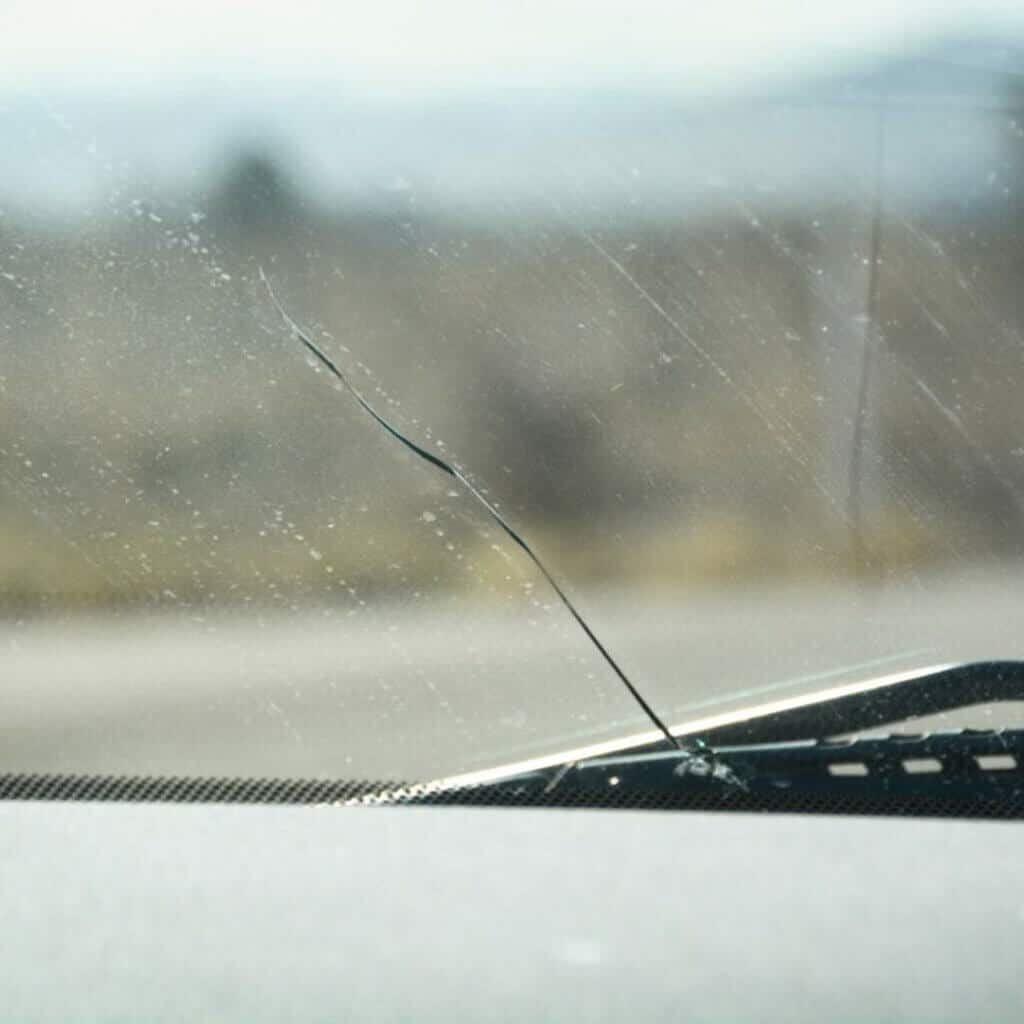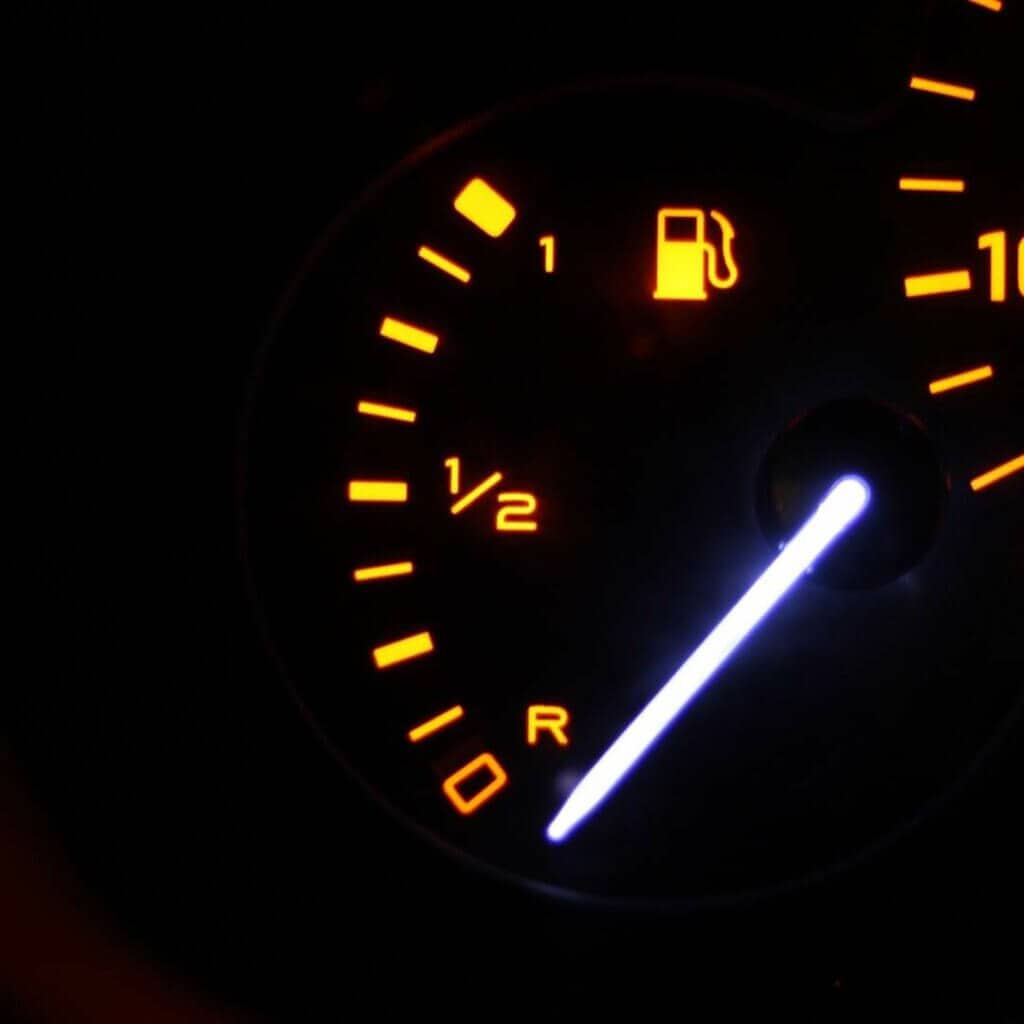Do you know what does PM mean on a licence plate?
Though license plates are a pain to constantly register and update, they are an important part of identifying vehicles. However, every once in a while a new change in the system will happen that may change how things are displayed or work.
License Plates and their use
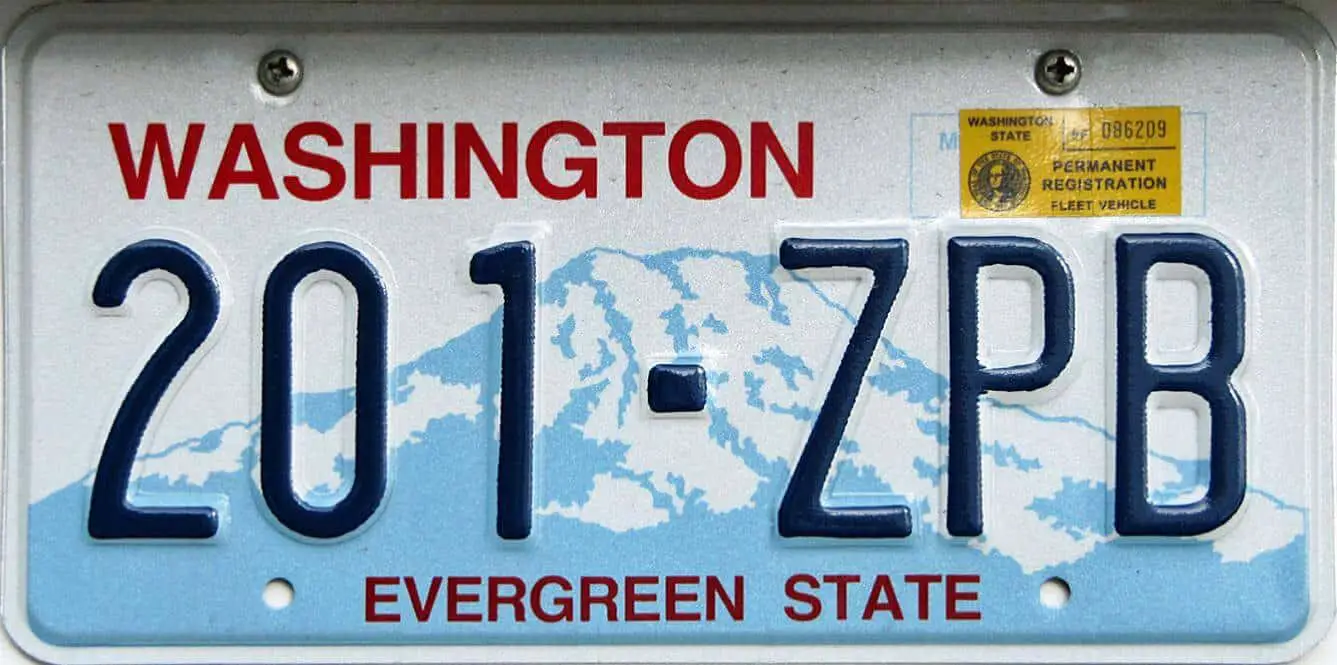
The United States of America keeps track of all registered vehicles with license plates. These vehicle registration plates can be issued by agencies of the state or territory in which the vehicle owner lives.
The U.S. federal government can also issue plates but only for their own vehicle fleet and for vehicles owned by foreign diplomats. The ability to issue plates is also held by some Native American tribes. [1]
The plates contain general symbols indicating the source of their issuing jurisdiction. These can be symbols, colors, or slogans associated with the said jurisdiction.
The license plates also contain a three-letter DSIT international code, that being the USA, for all cars that have been issued plates on the United States territory.
What does PM mean on a license plate?
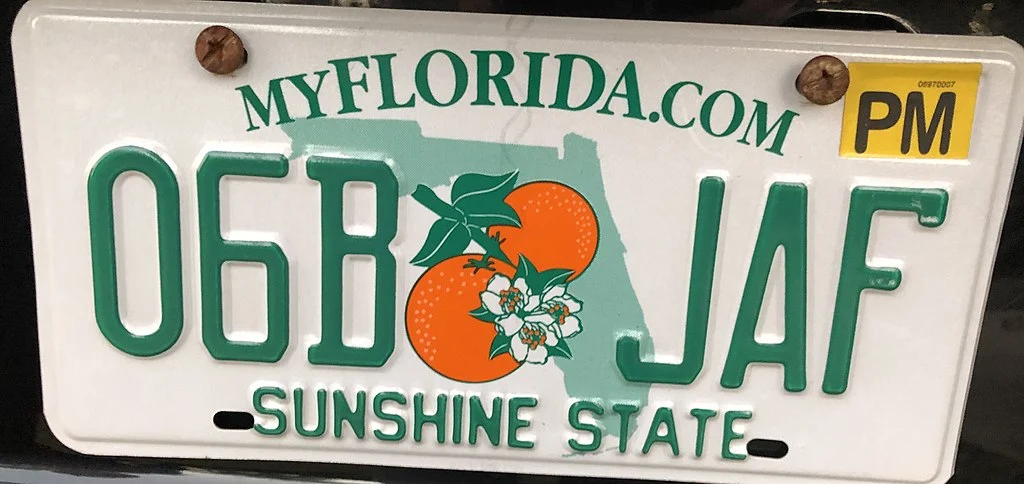
The PM abbreviation on a license plate stands for permanent. This is a new sticker that has recently been introduced.
The Florida law has been updated to allow rental car services to acquire these permanent stickers, instead of getting a fleet option for registration.
However, despite the general utility of such a license, there are no inherent benefits to it financially. It’s merely a convenient option for rental services to avoid constant refreshments of the license.
The rental service still has to pay a variety of taxes and extra payments to apply these permanent stickers to the vehicles. With the requirements set in place, it’s just about guaranteed that the PM on a license plate that you see is from a rental car that has a permanent license.
Related: Car Rental Hertz vs Enterprise
License plates formats and designs
There are multiple formats and designs that are used for license plates. These are usually different based on state. The license plates are usually formatted alphanumerically and will contain a unique number for any vehicle under the jurisdiction of a state.
Smaller states use numerical formats, with six different characters. Such states include Delaware and Rhode Island. Though there may be other distinguishing factors as mentioned before, these are the primary ones.
Bigger states such as California utilize a seven-character format. These license plates include both numbers and letters, due to the larger number of registered vehicles.
Designs
Formats aren’t the only way to identify license plates. The designs on the license plate can be a very quick indicator of the origin of the vehicle.
As mentioned before, this can be a color, slogan, or symbol that defines the state. For example, Arizona uses the slogan “Grand Canyon State” on its plates while Wyoming plates have a cowboy logo on them. [2]
Although the designs of the license plates can change, the visual language stays the same or at least similar enough. Several license plates will stay in distribution even after new designs come in, which can lead to certain states having multiple different designs.
Stickers
Aside from the usual identification details, a vehicle will have a sticker on it. This sticker is used to signify that the car has been licensed and provides the license’s expiration date. With that said, let’s see what non-standard stickers mean. [3]
License plate stickers
Usually, license plates will have their expiration date present. These showcase the month and year of the expiration date for the license. Generally, you’ll have to refresh the registration after it has expired. Which will give you a new expiration date, extending the license.
However, the date isn’t always present. Sometimes the usual date sticker will be replaced by something else. In places like Maryland, there are white stickers that allow the vehicle to be driven for a while longer.
These are temporary licenses that are generally given if the vehicle owner needs a short extension to the expiration date before properly refreshing their license.
Displaying your license plate sticker properly
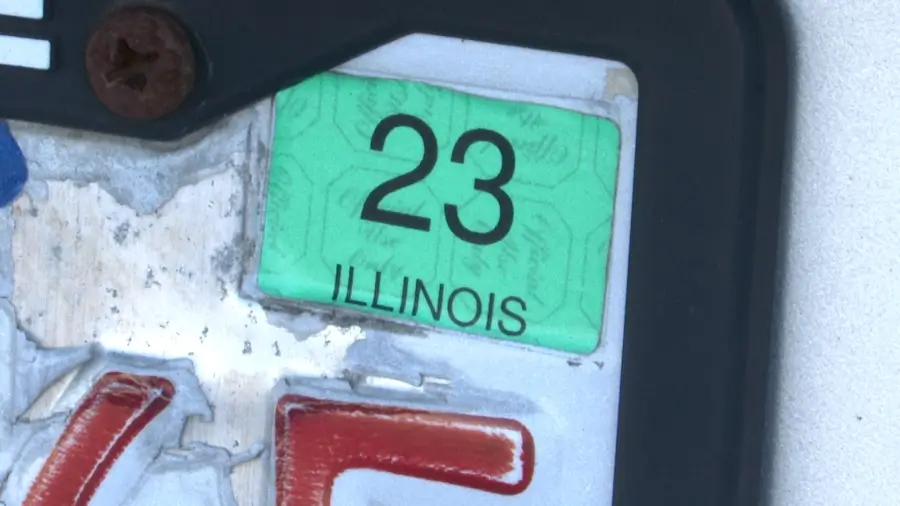
Incorrectly displayed license plates and stickers can lead to some heavy fines. The fines for this particular transgression can go all the way up to 1,000 dollars so it’s better to make sure the license plate and its sticker are properly displayed.
The license plate has to be on the rear of the vehicle. All text, numbers, and stickers must be fully visible without anything obstructing them.
The plate itself needs to be secured properly, horizontally aligned and lifted at least 12 inches from the ground, the height is measured from the bottom of the plate.
As far as stickers go, we should have the month, along with the day if applicable, displayed on the top left-hand corner of the plate with the year on the top right-hand corner. The bottom right-hand corner contains the sticker for the county the vehicle is registered in.
The format isn’t standard. Some locations have month and year displayed in the top-right corner, in fact, that’s the situation with Florida’s license plates. This same place is where a permanent or temporary sticker would go, should one be placed on a vehicle. [4]
What does PM mean on a license plate?
With that said, the permanent sticker is reserved for rental services. It’s unlikely that anybody will be able to get the same treatment unless they own a similar business.
There is some debate about the application of this new registration approach, hence it’s questionable if it’ll remain functional for rental services either. [5]
Related: What Does FP Mean On Licence Plates
Conclusion
License plates can be confusing to understand especially with the state variants present out there. The general layout changes can be even weirder to comprehend, such is the case with PM stickers on cars.
PM stands for PerManent, which is a registration available for rental services for the sake of convenience. This registration deviates from regular rules but still conforms to the license plate display laws that all vehicles are subject to.
Read Next: Steering Wheel Not Locked Key Won’t Turn


